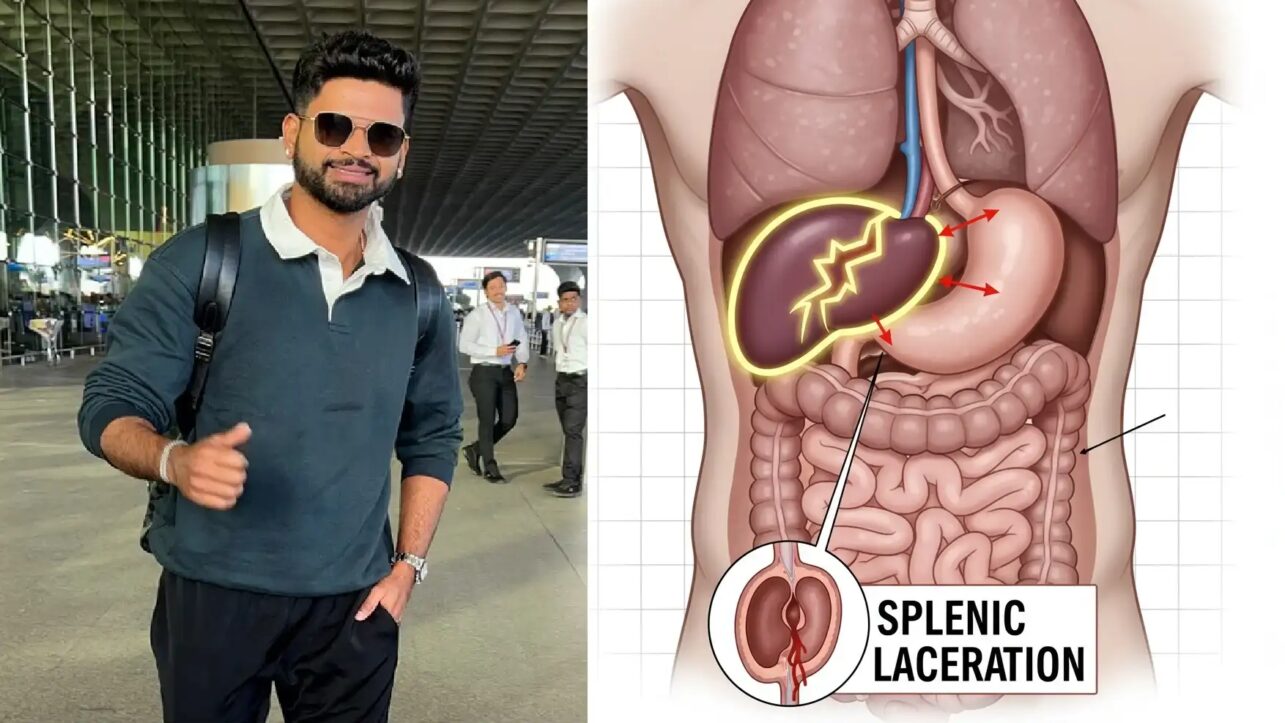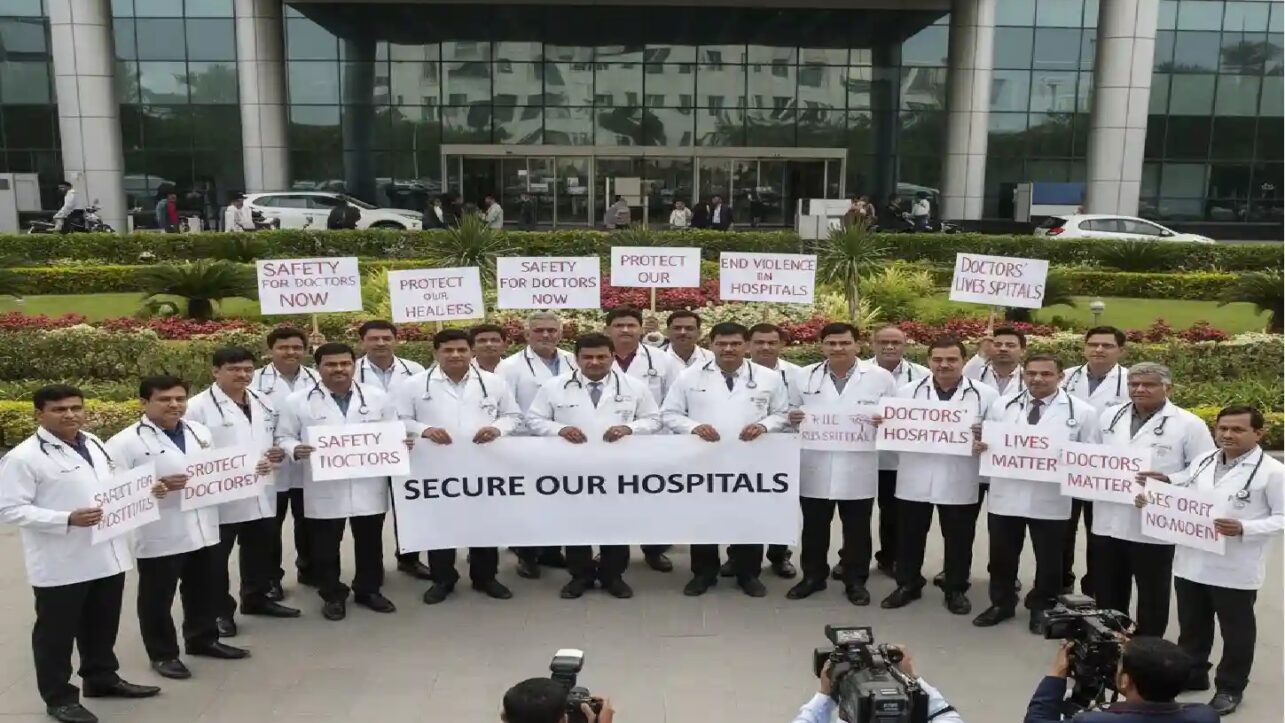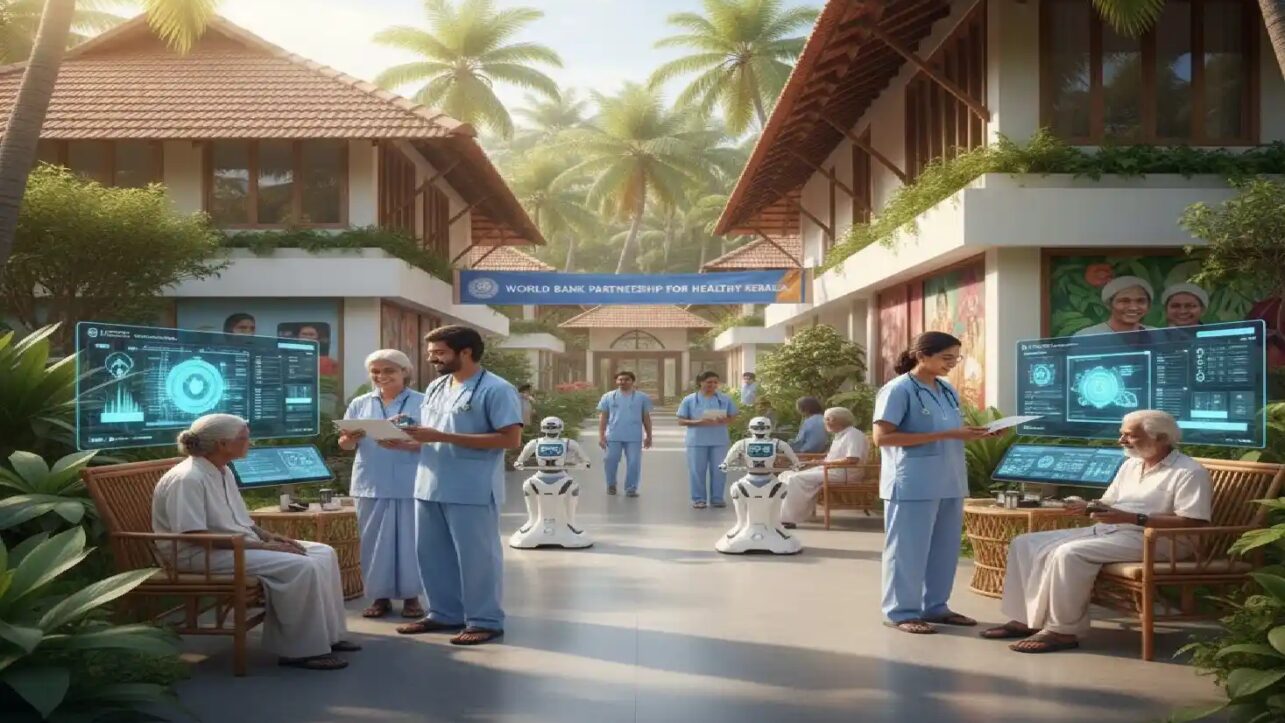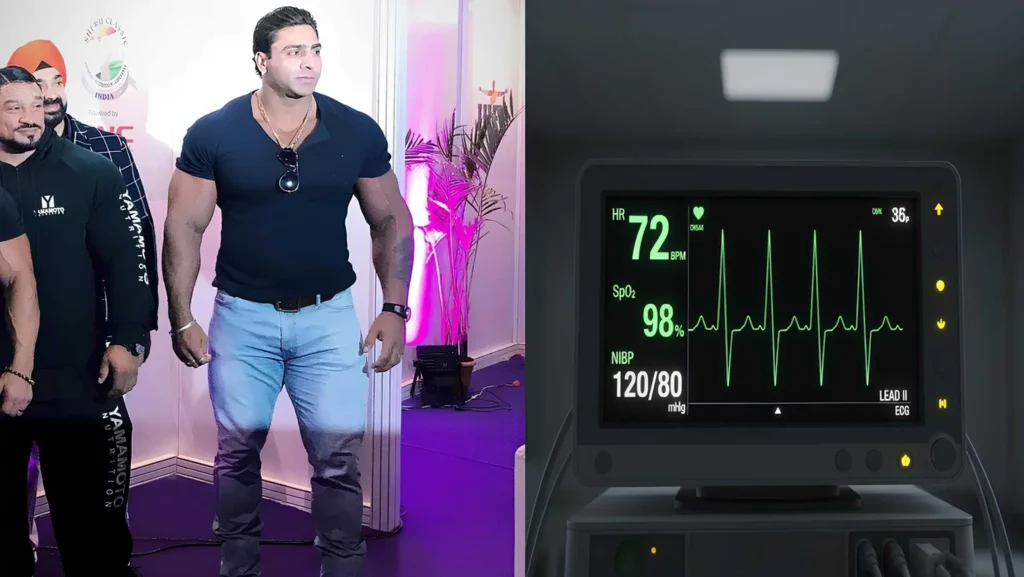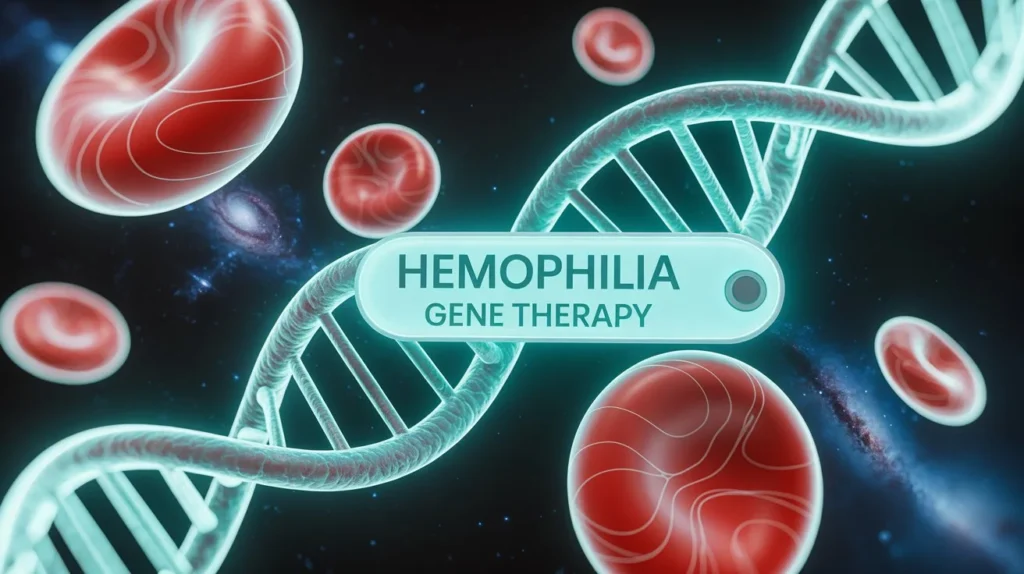Indian cricket vice-captain Shreyas Iyer remains in intensive care at a Sydney hospital after a spectacular diving catch during Saturday’s ODI match against Australia turned into a medical emergency involving internal bleeding and a lacerated spleen.
The 30-year-old Mumbai batsman was admitted to ICU following what has been described as a “freak” accident during India’s nine-wicket victory at the Sydney Cricket Ground on October 25, 2025.
The Incident: Brilliant Catch Turns Critical
Iyer sustained the injury while taking a running backward catch from point to dismiss Australian wicketkeeper Alex Carey in the 33rd over of Australia’s innings. The impact occurred when his left elbow struck his lower rib cage during the diving effort.
What initially appeared to be a routine fielding injury quickly escalated into a life-threatening situation after Iyer returned to the dressing room. His vital signs dropped to dangerously low levels, prompting immediate transfer to a Sydney hospital.
Medical Diagnosis: Spleen Laceration Confirmed
Scans conducted at the hospital revealed a laceration injury to Iyer’s spleen accompanied by internal bleeding due to inj. The Board of Control for Cricket in India (BCCI) issued a statement confirming the diagnosis: “Scans have revealed a laceration injury to the spleen. He is under treatment, medically stable, and recovering well“.
Understanding Splenic Injuries: What Happened to Iyer?
The spleen is a fist-sized organ located in the upper left part of the abdomen, just below the rib cage. It plays a crucial role in filtering blood and fighting infections, but its location and blood-rich nature make it particularly vulnerable to trauma.
How Splenic Injuries Occur:
Splenic injuries are among the most common abdominal organ injuries from blunt trauma, accounting for approximately 10% of all abdominal injuries. In Iyer’s case, the forceful contact between his elbow and rib cage during the diving catch created enough impact to tear the outer lining of his spleen.
Common Symptoms:
When the spleen is injured, patients typically experience:
- Pain in the left side of the abdomen, just below the ribs
- Pain radiating to the left shoulder (called Kehr’s sign)
- Lightheadedness or fainting due to blood loss
- Rapid, weak pulse
- Low blood pressure
- Paleness and profuse sweating
- Abdominal tenderness and muscle guarding
In Iyer’s case, his dangerously low vital signs indicated significant internal bleeding, which required immediate ICU care.
Treatment Options: How Doctors Manage Splenic Injuries
Modern medical treatment for splenic injuries has evolved significantly over the past few decades. Doctors now follow a graded approach based on injury severity and the patient’s stability:
Non-Operative Management (Preferred When Possible):
For hemodynamically stable patients like Iyer, doctors typically attempt to save the spleen without surgery. This approach has success rates ranging from 60% to 90% in adults. Treatment includes:
- Close monitoring in ICU with frequent vital sign checks
- Serial blood tests to track bleeding
- Blood transfusions if needed
- Bed rest to allow natural healing
- Follow-up CT scans to ensure bleeding has stopped
Why Save the Spleen?
The spleen plays an important role in immune function, and removing it increases lifelong susceptibility to dangerous infections, particularly from bacteria like pneumococcus. For this reason, doctors try to preserve the spleen whenever medically feasible.
When Surgery Becomes Necessary:
If bleeding doesn’t stop or the patient becomes unstable, surgical intervention may be required:
- Splenectomy: Complete removal of the spleen in severe cases
- Partial splenectomy: Removal of only the damaged portion
- Splenic repair: Stitching tears in less severe injuries
- Transcatheter arterial embolization (TAE): A minimally invasive procedure where doctors block bleeding blood vessels using a catheter
Iyer’s Current Condition and Prognosis
Iyer has been in the ICU for two days, with doctors waiting for the internal bleeding to stop before determining the next course of treatment. He is expected to remain hospitalized for at least a week as medical teams monitor whether the bleeding subsides naturally or requires intervention.
The BCCI Medical Team, working in consultation with specialists in both Sydney and India, continues to closely monitor his injury status. An Indian team doctor has remained in Sydney specifically to evaluate Iyer’s day-to-day progress.
Family Arrangements and Support
The BCCI is expediting arrangements to bring Iyer’s family members from India to Sydney, though it remains unclear whether both parents will travel or just one family member will accompany him during recovery. “Arrangements are being made by the BCCI. Someone will be with him at the earliest in the hospital,” confirmed sources tracking developments.
Recovery Timeline and Return to Cricket
The timeline for Iyer’s return to cricket will depend entirely on how his spleen injury heals. Athletes with splenic injuries typically require several weeks to months of recovery before returning to contact sports. Medical clearance is essential to prevent re-injury, which could prove fatal.
For athletes who undergo splenectomy, special precautions are needed for the rest of their lives, including vaccinations against certain bacteria and potentially prophylactic antibiotics. However, if Iyer’s spleen heals without surgery, his long-term prognosis remains excellent.
India’s Victory Amid Medical Drama
Despite the frightening medical emergency, India successfully chased down Australia’s 236-run target with nine wickets to spare, led by captain Rohit Sharma’s unbeaten 121 and Virat Kohli’s 74 not out. Iyer was not required to bat as India cruised to victory in what was the final match of the three-game ODI series.
The incident serves as a stark reminder of the physical risks cricketers face even during seemingly routine fielding efforts, with what appeared to be a brilliant athletic catch transforming into a medical emergency within hours.
As of today, Iyer remains under close medical supervision, with his condition described as medically stable and recovering well.

